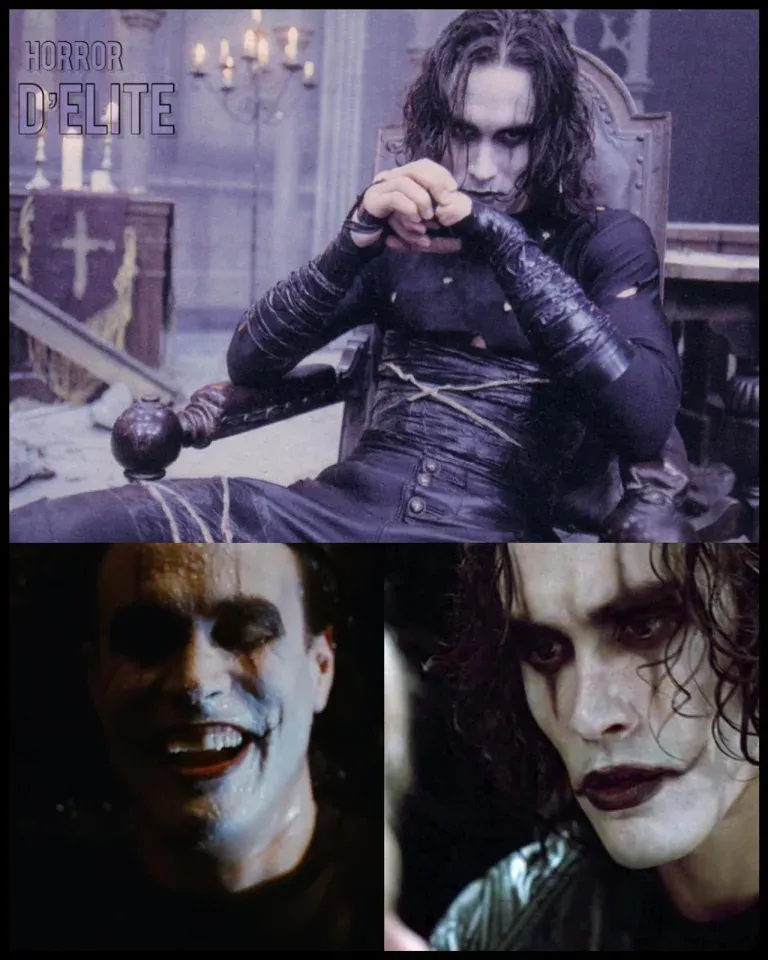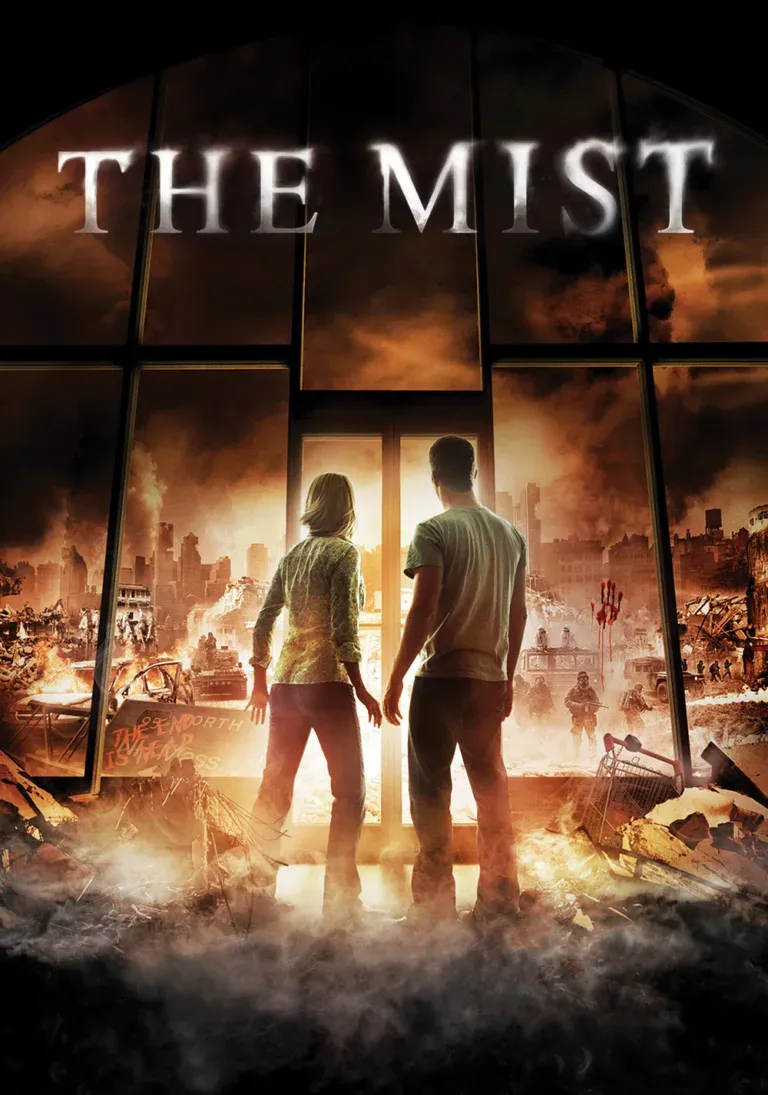Last House on the Left
Last House on the Left (Wes Craven, 1972)
Cast: David Hess, Sandra Peabody, Lucy Grantham, Fred J. Lincoln, Jeramie Rain, Marc Sheffler, Richard Towers, Cynthia Carr, Ada Washington, Marshall Anker, Martin Kove, Ray Edwards, Jonathan Craven, Anthony J. Forcelli, Steve Miner
“The Last House on the Left” is a very violent and dramatic thriller from 1972 directed by Wes Craven, which marks his debut as a director. The film is known to be controversial and has attracted many both positive and negative reactions for its crudeness and brutality.  The plot revolves around two teenage girls, Mari and Phyllis, who are kidnapped by a group of criminals and taken to an isolated house, where they suffer sexual violence and torture.
The plot revolves around two teenage girls, Mari and Phyllis, who are kidnapped by a group of criminals and taken to an isolated house, where they suffer sexual violence and torture.
The central part of the film focuses on the violence suffered by the girls and the brutal actions of their tormentors. Tension grows when the torturers find themselves spending the night in Mari’s parents’ house, unaware that they are the parents of the girls they kidnapped and tortured.
The film is considered one of the precursors of the slasher genre and especially Rape and Revenge and has influenced numerous subsequent horror thriller films. It is also seen as an example of 1970s exploitation cinema, that is, that film genre that puts aside the search for artistic values to bring stronger elements to the stage, with the explicit display of scenes of sex and violence that challenged openly the taboos and conventions of the time.
Here are some details and background on the film:
Inspiration and influences: Wes Craven stated that he was inspired by the 1960 Swedish film “The Virgin Fountain” (Jungfrukällan) by Ingmar Bergman for the plot of “The Last House on the Left”.  Both films deal with revenge and violence, albeit in very different ways. Craven wanted to create a film that was raw and realistic, inspired by the crime news of the time.
Both films deal with revenge and violence, albeit in very different ways. Craven wanted to create a film that was raw and realistic, inspired by the crime news of the time.
Independently produced: The film was produced on a very limited budget and had limited initial distribution. Wes Craven worked with a relatively small cast and crew, which added a sense of authenticity and spontaneity to the film.
Non-Professional Cast: Some cast members were non-professional actors. For example, Jeramie Rain, who played Phyllis, was a model with little acting experience. This helped give the film a raw and genuine feel.
 Tension on set: The scenes of extreme violence created tension on set, both among the actors and between Craven and his team. Filming the most intense scenes was particularly difficult for all the actors involved.
Tension on set: The scenes of extreme violence created tension on set, both among the actors and between Craven and his team. Filming the most intense scenes was particularly difficult for all the actors involved.
Censorship Cuts: “The Last House on the Left” has suffered multiple censorship cuts in many countries due to its extremely violent and disturbing nature. Some scenes were considered so brutal that they were removed or censored in several versions of the film.
Cultural Impact: Despite the controversy, the film has had a lasting impact on popular culture and the horror genre. It has been praised for its audacity and realism, becoming a point of reference for many directors and horror film fans.
In summary, “The Last House on the Left” is much more than a simple “horror” film. It is an example of bold and provocative independent cinema that has left an indelible mark on the cinematic landscape. Its modest origins, its on-set tensions and its cultural impact make it a fascinating subject to explore for fans of genre cinema.







